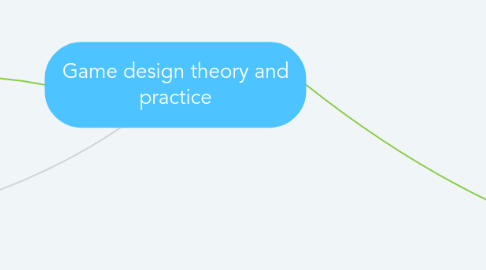Game design theory and practice
by Mantas Grigalius

1. Interview with Edd Logg
2. Working at Atari in the early days.
2.1. Excitement
2.2. Young and energetic
3. Arcade games
3.1. Technical limitations
3.2. Long waiting times between testing.
3.3. Innovation
3.4. Better controls
4. Making games
5. Ideas for games
5.1. Suggestions
5.2. Other games
5.3. Imagination
6. Games were way easier to make.
6.1. Less people working on a project.
6.2. Less content to be created.
6.3. Faster development
6.4. Less money involved.
7. Home games
7.1. No physical feedback.
7.2. A lot more content has to be made.
7.3. Better hardware
8. Work after Atari.
9. Mobile games
9.1. Similar to arcade games.
9.2. Prioritizes replayability.
9.3. Easier to design.
10. Being in charge of multiple aspects of making a game.
10.1. Programmer
10.2. Designer
10.3. Project lead
11. The Elements of Gameplay
12. Unique solutions
12.1. Present players with variety.
13. Non-Linearity
13.1. A game shouldn't follow a straight line
14. Anticipatory system
14.1. Designer tries to guess all the possible outcomes.
14.2. Programmer hard wires the anticipated solutions to the game.
15. Complex system
15.1. The game has a system in place to account for all the possible outcomes.
15.2. It is very hard to control the players behavior.
16. Multiple solutions
16.1. Enable players to have multiple paths.
16.2. All solutions should be rewarded equally.
17. Order of challanges
17.1. Allowing players to choose what challenge they want to face first.
17.2. Letting them learn and hone their skills.
18. Selection of challanges
18.1. Drastically improves replayabillity.
18.2. Allows players to face the types of challenges they are good at.


